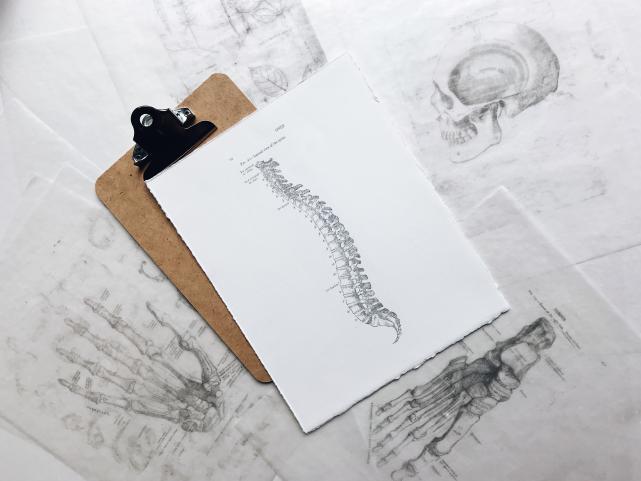In the world of healthcare, understanding and treating musculoskeletal chronic pain conditions can be one of the most complex and frustrating tasks for all involved. Around 1 in 5 Australians live with chronic pain and it takes up the majority of my day as a community-based physiotherapist.
I can’t cure chronic pain in a short article, but I can help to highlight some of the things we are learning about chronic pain and what modern science and research evidence says we need to do to manage it better.
Pain is fundamentally a warning system – a very necessary warning system. However, and very importantly, it is not a measure of tissue damage.
We only feel pain when our system perceives there is danger. There are many influences on the ‘perception of danger’ apart from the obvious; for example, our pain system has a memory and can trigger a pain warning when we do something that hurt the last time we did it. Or if we’ve had a problem with a body part before, our system can sensitise itself to that problem with new synapses (connections) in our brain and spinal cord that increase the perceived threat. These new synapses “turn up the volume” of pain sensation, can change our natural movement patterns and make us fearful of using a painful body part.
It’s important to state that all pain is real to the person experiencing it. If a patient tells me they have pain, I believe them. Always. We just need to understand that the causes and drivers of pain are so much more than just the physical injury.
Other things that influence our pain experience include our past experiences, our state of mental health and beliefs/attitudes.
The problem is that we can’t just “turn off” all these pain inputs, especially in chronic pain where the variables and drivers of the pain are so complex. So, what can we do?
Learning to manage your pain is an important step – someone like a physiotherapist can show you ways to self-manage as well as provide some relief through different therapies.
Work with professionals to understand and treat some of the drivers of your pain.
Exercise! This has some of the strongest evidence in helping to treat chronic musculoskeletal pain. Appropriate exercise can build resilience and confidence in your injured joints and decrease sensitivity to pain.
Look after your general health – things like improving your diet and sleep habits can significantly help.
There isn’t a “one size fits all” approach to treating chronic pain, and “quick fixes” never work, despite what someone may say. It takes hard work, but you can beat chronic pain!
Ben Croxford is a Physiotherapist and leads the team at Form & Practice Mt Evelyn, Olinda and Chirnside Park. His writings explore his favourite health topics, challenge common myths and aim to empower you to take control of your own health. Find out more at formandpractice.com.au







